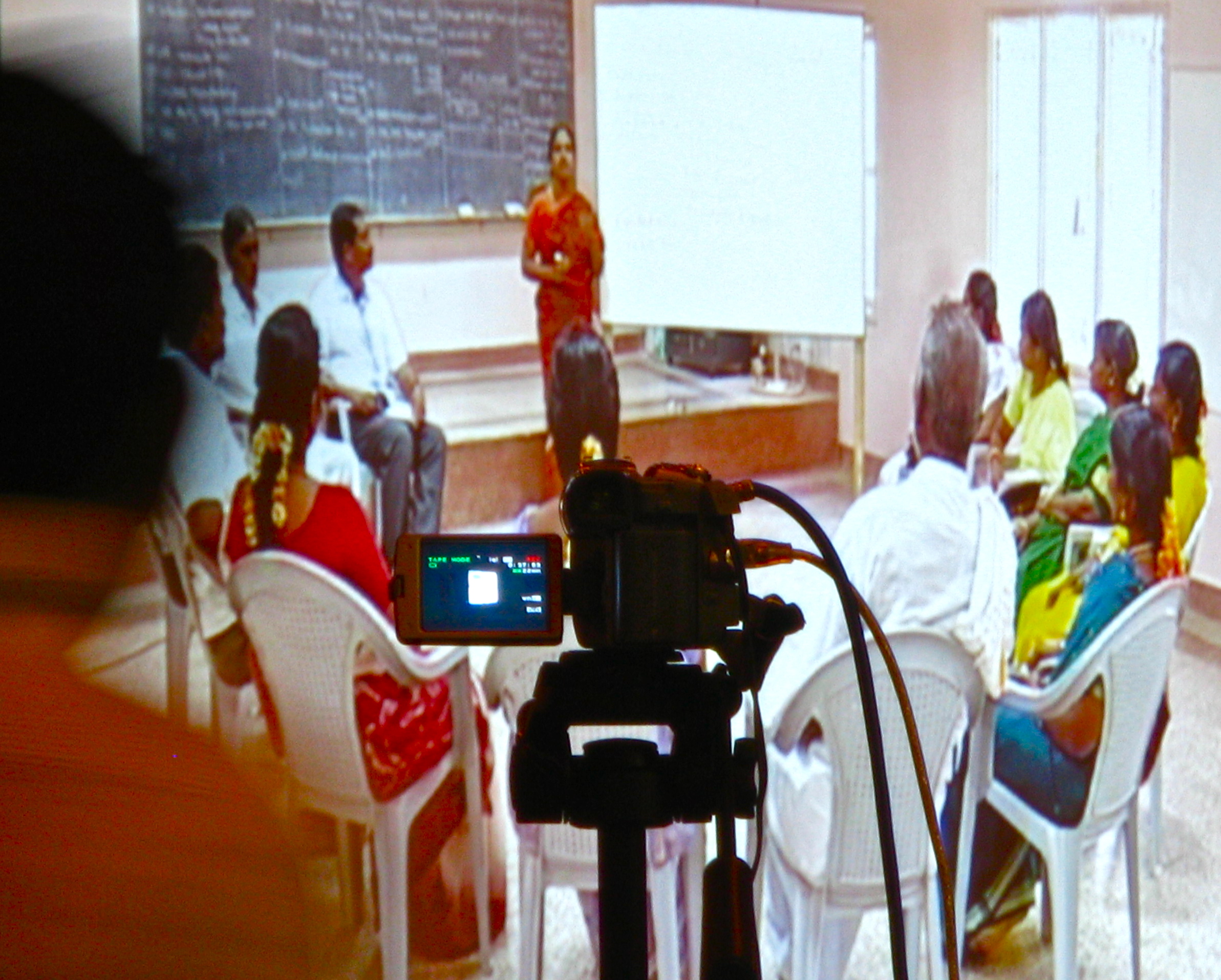 Dealing with change requires the capacity to self-organise, while embracing novelty and experimentation.
Dealing with change requires the capacity to self-organise, while embracing novelty and experimentation.
When the need for change and transformation is exacerbated by external disturbances, such as those related to climate change, the ability to plan, learn and develop creative solutions become key attributes of resilient systems.
At the same time, the high rates of adoption of Information and Communication Technologies (ICTs) are enabling novel ways of community organisation, and the re-arrangement of processes and functions through innovative mechanisms for online collaborative planning, learning and problem solving in the face of climatic impacts.
With the increasing diffusion of social media or Web 2.0 tools (such as Twitter, Facebook, video and photo-sharing sites, wikis and blogs, among others) processes of self-organisation, volunteerism and citizen engagement are helping to re-define the way in which disaster risk preparedness and response are implemented.
Communities of practice from around the world have a new set of tools at their disposal for real-time online collaboration, content creation, information sharing, and networking towards common development objectives.
A 2010 report by the World Bank and the GFDRR suggests that a growing networks of experts are volunteering their skills in times of crisis (such as flooding or earthquakes) towards imagery processing, mapping and geolocated posts, among others, that are shared via social media, contributing to immediate response and early recovery efforts.
Initiatives such as the International Network of Crisis Mappers, OpenStreetMap (OSM), Ushahidi, Crisis Commons and Random Hacks of Kindness (RHoK), are testimony of the wide reach and potential of these tools, especially within developing contexts.
But beyond supporting crisis response and recovery, could Volunteer Technology Communities (VTC) contribute to build climate change resilience?
Early evidence of their role suggest their potential towards self-organization, enhanced diversity, flexibility and learning, which are important components of a system’s ability to withstand, recover and adapt to the impacts of climate change.
Areas of potential of Volunteer Technology Communities towards climate change resilience include:
- Borderless Community Action
Web 2.0 tools are facilitating the emergence of a new wave of ‘borderless community action’ by networks of experts and practitioners that collaborate, both virtually and face to face, towards identifying and solving pressing problems to vulnerable populations.
- Awareness and Information Sharing
Virtual networking and exchange can help to raise awareness on local priorities and foster a culture of information sharing and collaboration around climate change topics. Dynamic information sharing and discussions through Web 2.0 tools can also foster problem-solving skills.
- Effective Resource Allocation
Solutions that are developed collectively and that are widely shared in almost-real time (e.g. community mapping) can contribute to a more efficient, effective and transparent allocation of resources (from humanitarian aid in times of crisis, to long-term adaptation funds), as well as to inform decision-making processes at the local level.
- Multi-sectoral Partnerships
Responding to the need of engaging a diverse set of actors as part of climate change strategies, VTC can foster new multi-sectoral partnerships and cross-level information sharing practices, which play a key role in disaster response and adaptation.
- Flexibility
Virtual communities of practice in climate change-related fields (e.g. mitigation, disaster preparedness and response, monitoring and adaptation) can provide greater flexibility in the response to an external disturbance, by allowing access to a wider set of (human and economic) resources and expertise.
- Rapid Response
As suggested in the WB/GFDRR report, the bottom-up/decentralized structure of these communities allows for more rapid responses, as community members interact online, develop and share solutions without the bureaucracy of other types of organisations.
 The increasing role of these communities in the response to climate change-related events reminds us of the importance of volunteerism, self-organisation, and ultimately, of community engagement towards more resilient and adaptable systems.
The increasing role of these communities in the response to climate change-related events reminds us of the importance of volunteerism, self-organisation, and ultimately, of community engagement towards more resilient and adaptable systems.
This is an area in which the supportive role of ICTs, and specifically of Web 2.0 tools, will likely continue to increase: enabling more effective collaboration and sharing, strengthening networks, empowering local actors through access to new information and skills, and supporting novel mechanisms of participation that enhance resilience at the local, national and international levels.
I agree and thought it was worth mentioning that the goodwill of large organizations can also help in disaster risk management.
Recently, in the Caribbean, the use of satellite data and value-added services have been volunteered by The Caribbean Satellite Disaster Pilot (CSDP). Details of the project and its use in the Caribbean for flood prediction and hurricane mapping are available: http://cdema.org/index.php?option=com_content&view=article&id=902:caribbean-user-defined-satellite-products-for-disaster-management-&catid=35:press-releases
The challenge I foresee is that of training to manipulate satellite imagery as remote sensing is not as user-friendly for the non-specialist. Although specialists may volunteer their time, there needs to be more consideration for an on-going maintenance of these activities. Crisis times provide unique opportunities to reflect on operations and to gain funds for sustainable development and disaster risk reduction. I feel that local actors and decision makers are often dis-empowered by the volunteer support they receive because things are done for them, not with them.
just some food for thought.